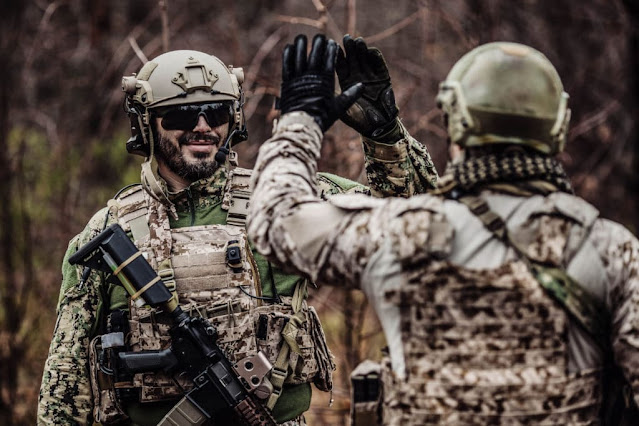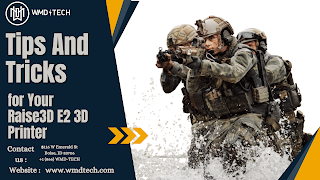Navigating the Complex Landscape: Understanding WMD Certification
In an era marked by global interconnectedness and evolving security threats, the certification of Weapons of Mass Destruction (WMD) has become a critical component of international efforts to ensure the safety and security of nations. Navigating this complex landscape requires a comprehensive understanding of the certification processes, standards, and the pivotal role they play in safeguarding the world from potential catastrophic events.
The Significance of WMD Certification:
WMD Certification stands as a testament to a nation's commitment to disarmament, non-proliferation, and global security. These certifications cover a wide range of weapons, including nuclear, biological, and chemical, each posing unique challenges and requiring specialized expertise for verification. Understanding the importance of WMD Certification involves grasping the multifaceted nature of the threats and the need for a coordinated, international response.
International Frameworks and Agreements:
To comprehend the intricacies of WMD Certification, it is crucial to explore the international frameworks and agreements that govern the process. Treaties such as the Treaty on the Non-Proliferation of Nuclear Weapons (NPT), the Chemical Weapons Convention (CWC), and the Biological Weapons Convention (BWC) form the backbone of global efforts to curb the spread of WMDs. Understanding these agreements helps in navigating the legal and diplomatic landscape surrounding WMD Certification.
Technical Challenges and Verification Protocols:
Certifying the absence of Weapons of Mass Destruction is a formidable task that involves intricate technical challenges. States seeking certification must adhere to rigorous verification protocols, utilizing advanced technologies and inspection mechanisms. From nuclear inspections to biological and chemical sampling, the certification process demands a sophisticated understanding of science, technology, and international cooperation.
Role of International Organizations:
International organizations, such as the International Atomic Energy Agency (IAEA), the Organization for the Prohibition of Chemical Weapons (OPCW), and the World Health Organization (WHO), play pivotal roles in overseeing and facilitating WMD Certification. These organizations provide expertise, conduct inspections, and ensure compliance with international standards, contributing to the credibility and effectiveness of the certification process.
Challenges and Emerging Threats:
Navigating the complex landscape of WMD Certification also requires an awareness of the challenges and emerging threats. As technology advances, new risks may arise, demanding continuous adaptation of certification processes. Cyber threats, for example, pose an increasing concern, requiring innovative approaches to ensure the integrity and security of WMD-related information and systems.
Conclusion:
Understanding WMD Certification involves delving into the intricate web of international agreements, technical challenges, and evolving threats. As nations strive to navigate this complex landscape, a commitment to transparency, cooperation, and adherence to established protocols becomes paramount. Through a collective effort, the global community can strengthen WMD Certification mechanisms, fostering a safer and more secure world for future generations.


.png)
Comments
Post a Comment